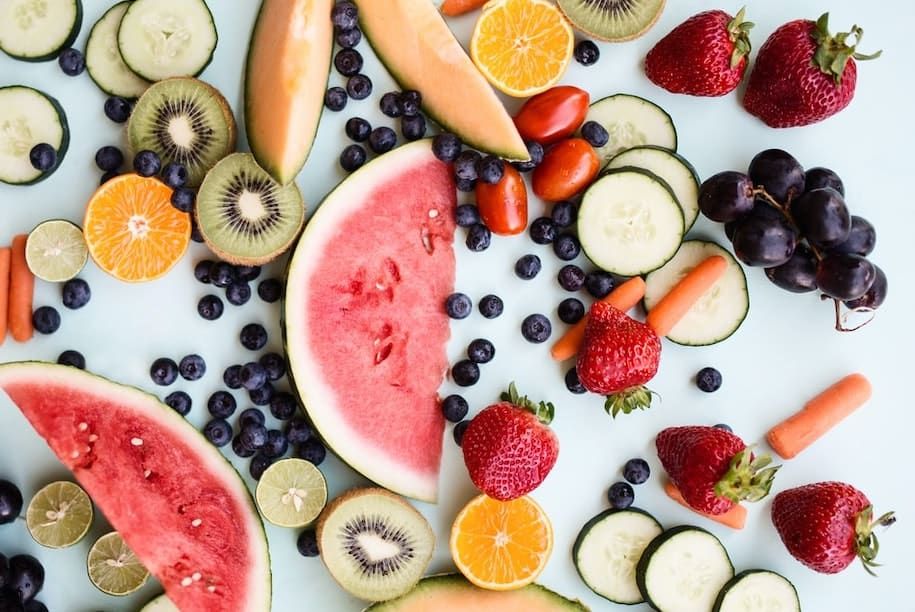
Follow these 10 steps to kickstart your healthy living journey! No gyms or drastic diets necessary.
Too many people tend to have an ‘all-or-nothing’ attitude when it comes to health and fitness. They think, “Right, starting tomorrow (which is Monday, of course), I’m going to work out every single day and eat nothing but salad.” Then by Wednesday, it’s back to guilt-ridden indulgences in just about every sugar and carb laden thing in sight. Sound familiar? Don’t worry, we’ve been there too!
It’s because all-or-nothing diets are soooo not sustainable. Instead, it’s all about taking baby steps towards a healthy lifestyle. This way, you won’t feel like you’re sacrificing your happiness for your health when you can actually have both. Yasssss you can!
Below, we’ve rounded up a list of easy, simple ways to help you kick-start a healthy lifestyle. The best part is, you don’t have to make any drastic changes. But take these little steps every day and you’ll be feeling fab in no time.

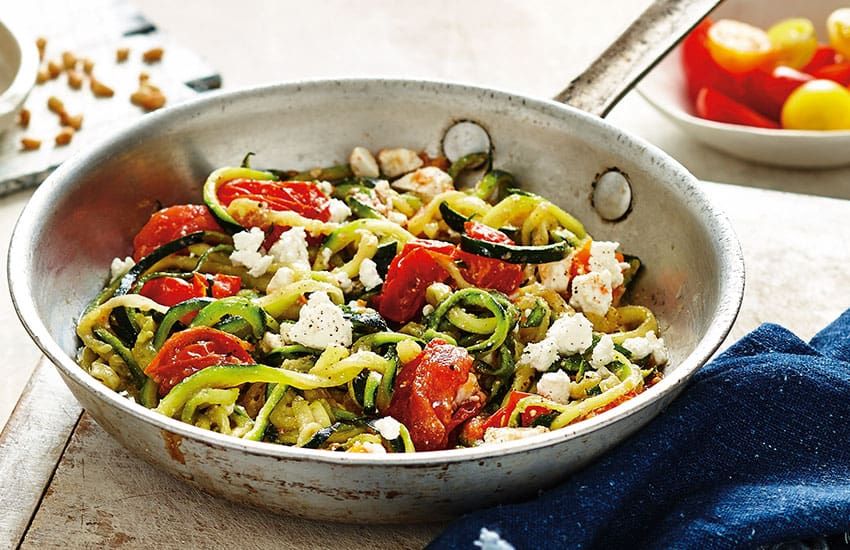
One huge reason that a lot of diets fail is because people decide they need to totally cut out certain foods (or food groups) altogether. This only leads to intense cravings and overeating later on. To combat this problem, opt for healthy versions of your favourite foods instead. Crazy for peanut butter? Try trading it in for a natural, sugar free version (you’ll find it in the health food aisle at the supermarket). In the mood for a brownie? Opt for a Skinny Minnie Brownie instead. Feel like a bowl of pasta? Try our Zucchini Noodles 2 Ways.

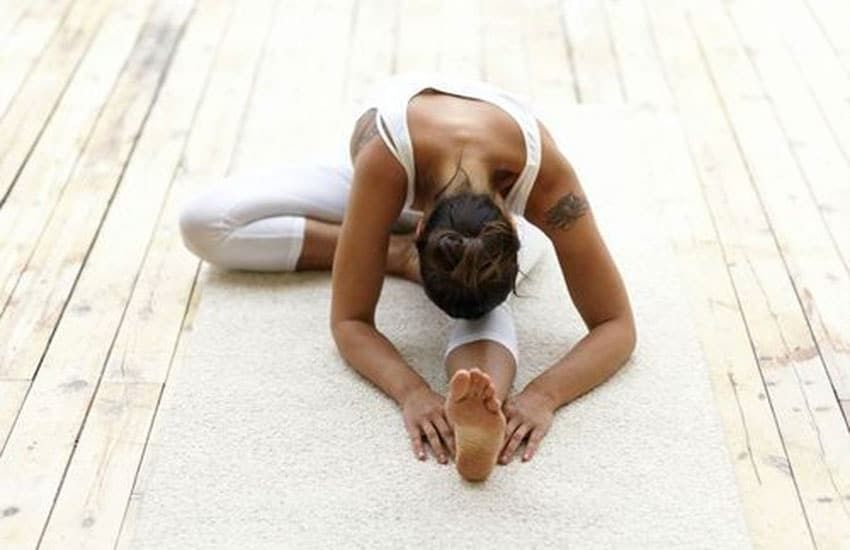
You will not believe the difference stretching can make to the way you feel. Especially if you’re used to sitting at a desk all day, your muscles and joints are probably as stiff as cardboard! Try stretching each morning or night to loosen up a bit. You’ll also feel more relaxed and perform better during exercise. Epsom salt baths also work a treat to loosen tight, tired, achy bodies. Plus they’re super relaxing too.


Nutrition labels, that is. No, we’re not saying you have to count all your calories, but there are other things you should watch out for. When choosing packaged foods, check the label and opt for foods that are higher in protein and lower in trans fats and sugar. For the most part, you should look for lower carbs as well. However, wholegrains are an important part of a balanced lifestyle so keep them in your diet but just eat them in moderation.

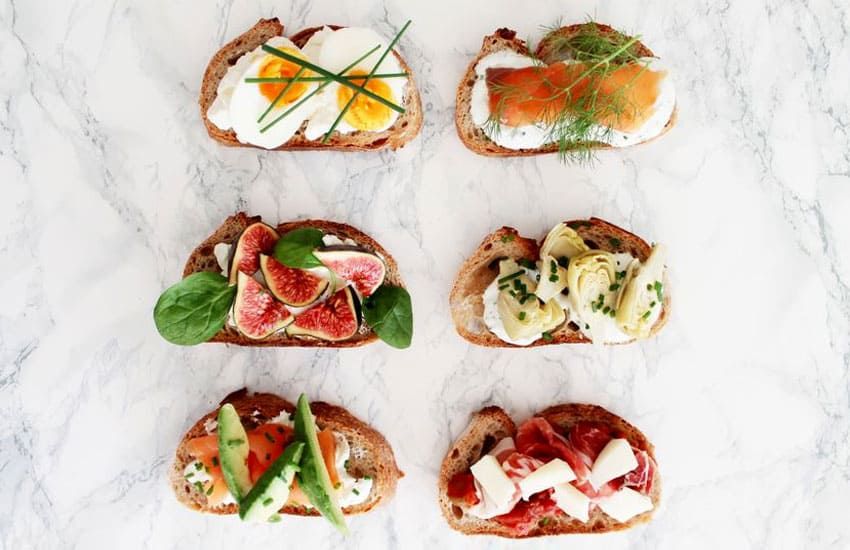
The one thing you can do to make sure your diet fails is eat food you really don’t like. In other words, if you’d rather eat your own hair than carrot sticks – don’t eat them! Finding nutrition-rich foods that you love will teach you to enjoy healthy living, which will make it much more sustainable in the long run. Not into salad? Try a stir-fry or a wholegrain sandwich instead. Can’t stand broccoli? Add some spinach, bok choy or snow peas instead.


Don’t freak out – it doesn’t have to be coffee! A lot of us have ‘habit foods’ or crazy cravings that we think we absolutely need. The reality is that most of the time, you don’t really need it. By breaking one habit, you’ll set your brain up to resist other temptations too. Think of it like ‘craving training’.


Being healthy doesn’t mean you have to do super intense workouts every single day. Too many people try to go from 0-100 and up their workout routine all at once. But this only leads to burnouts. You can’t go from couch potato to gym junkie in a week! Instead, just try to get moving whenever you can. Park the car far away from work or take the stairs instead of the lift. Just as long as you’re getting those steps in! A lot of it is also about being conscious of how much (or how little) we actually do move each day. A Fitbit is a great investment, or alternatively, if you own an iPhone, check out the “Health” app (it comes automatically with the phone) which measures steps, walking and running distance, how many stairs you’ve climbed etc. Once you start to see the numbers, try and improve on them, and work your way over a period of time to walking 10,000 steps per day.

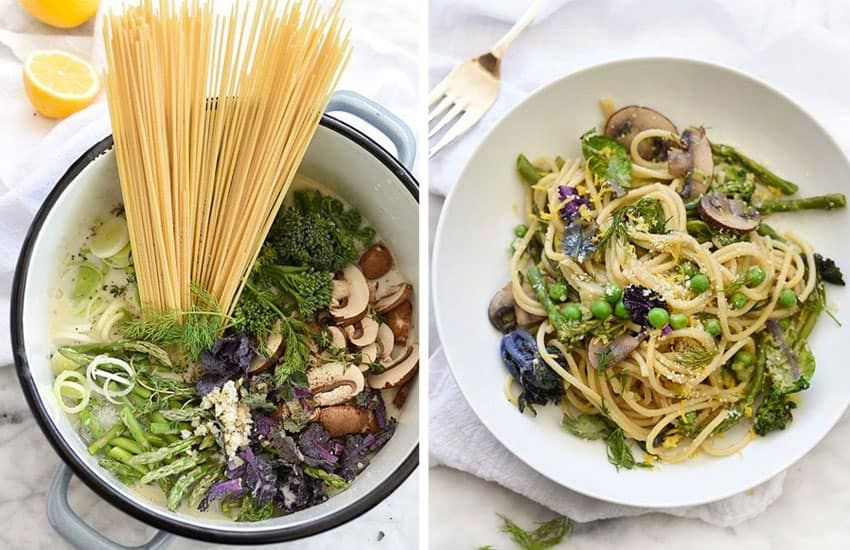
Instead of ditching all your favourite foods in favour of veggies, just have both! Try adding a serve of vegetables to both lunch and dinner. If you’re too full, cut back on something else. This is a great way to work more vitamins and nutrients into your diet without giving up anything you love.

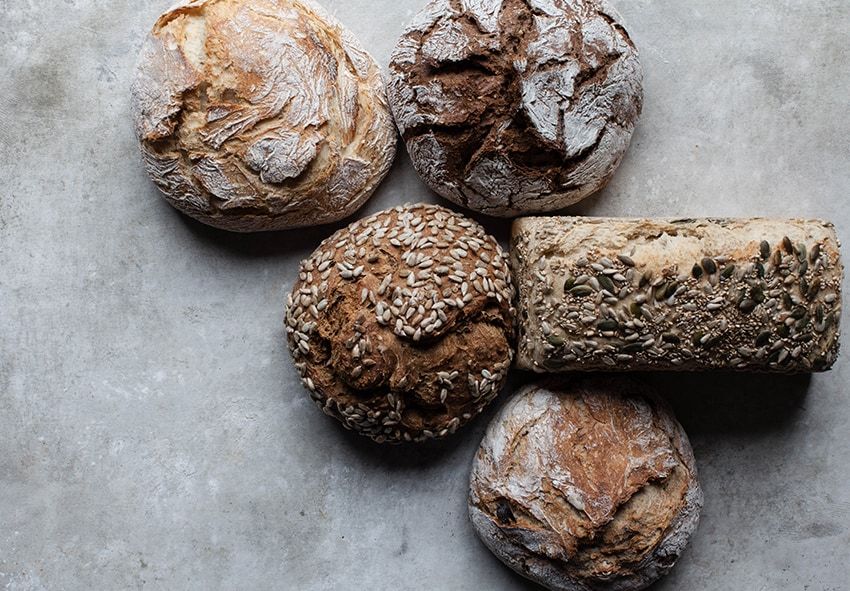
Whole grains, that is. Try to choose whole, minimally processed sources of carbohydrates like brown rice, buckwheat noodles and grainy bread over white bread and pasta. Why? Whole grains are low-GI and provide slow-burning energy that can last all day. They’re also much higher in fibre, which will help keep you feeling fuller for longer.

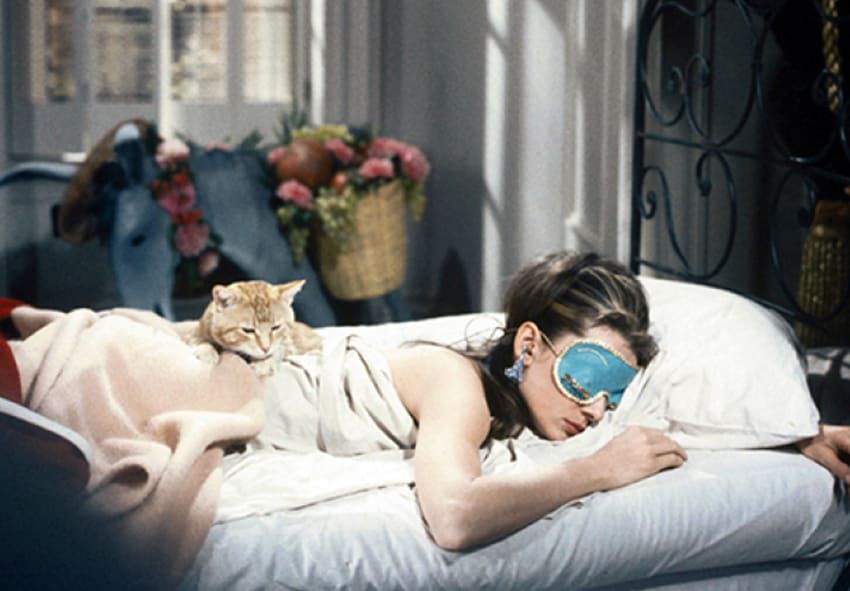
We’ve said it before and we’ll say it again, sleep is SO important for your health. There have been numerous studies which show that those who get more sleep lose more weight, even when they’re doing the same amount of exercise. Try turning off your electronics at least an hour before bedtime and switch off the lights at a reasonable hour.

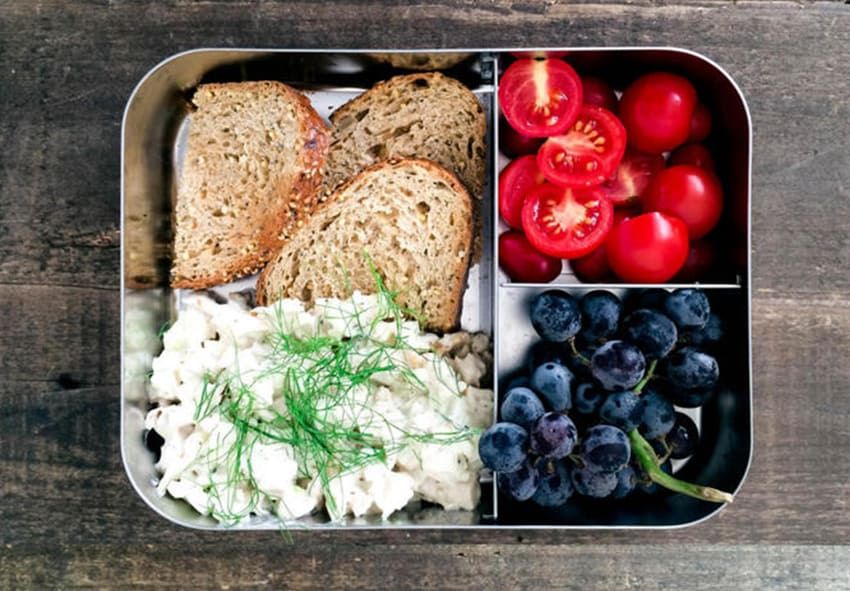
Believe it or not, your typical restaurant or fast-food feed can easily hit 1000 calories per meal. Not to mention that a lot of what’s on offer isn’t particularly nutritious. Making your own meals will allow you to control exactly what you’re eating so you can make sure you’re getting those veggies and whole grains in! If you need some recipe inspo, you’ll find plenty of SWIISH Kitchen recipes on the SWIISH site, or you can pick up a copy of our recipe books from the SWIISH online store.


